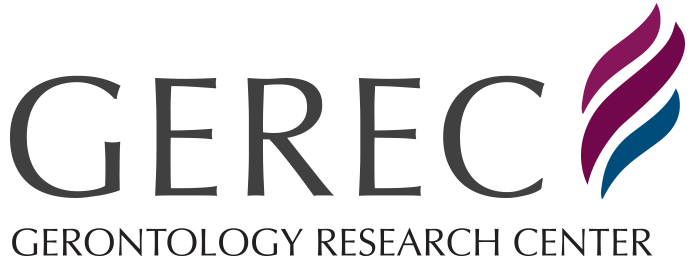
Research news: A new assessment method for active ageing
The indicator consists of a series of questions, which can be presented either in an interview or as a questionnaire. A score describing active ageing is calculated based on the responses.
– The tool helps us produce new knowledge about how older people strive to promote their wellbeing through their own actions, as per their goals, abilities and opportunities. The wellbeing of older people has often been studied as if it was solely a product of external conditions. Our new indicator opens up a new approach to ageing research, because it takes into account persons’ own actions in promoting their wellbeing, says professor Taina Rantanen, the principal investigator of the study.
The year-long process of developing the indicator was conducted as the first phase of AGNES, a larger study on active ageing, funded by the European Research Council. In total 235 persons, aged 60–94 years, took part in the study.
– In all phases of the development work, we asked the respondents to give us feedback. We wanted to get their opinion if the indicator measured essential items. We found it important that before trying to promote the wellbeing of older people we know their opinion, says Rantanen.
– Active ageing differs between individuals and takes diverse forms. It is based on personal goals and the view of the world. For example, some are interested in exercising in the nature while some like to keep their home nice and tidy, or some want to promote communal matters and are active in organizations while some others are interested in DIY. Physical exercise is an important aspect of active ageing, but not the only one. According to the present understanding, all activity is beneficial for mood and wellbeing, Professor Rantanen explains.
The idea of the indicator is that people who differ in activity get different scores. Based on item analyses, the indicator fulfills this requirement well. It gives valid results and measures the underlying construct of active ageing in different aspects of life.
The results suggest that, in general, higher activity is more beneficial than lower activity.
– In the next phase, we want to study the factors associated with activity and the consequences of active ageing to different indicators of wellbeing in old age. We also want to take the functional capacity, environmental and social support and individual differences into account, Rantanen concludes.
More information:
Taina Rantanen, Professor of Gerontology and Public Health
Faculty of Sport and Health Sciences
University of Jyväskylä
taina.rantanen@jyu.fi
+358 40 805 3590
Article: Rantanen T, Portegijs E, Kokko K, Rantakokko M, Törmäkangas T, Saajanaho M. Developing an Assessment Method of Active Aging: University of Jyväskylä Active Aging Scale. Journal of Aging and Health 2018. DOI: 10.1177/0898264317750449
